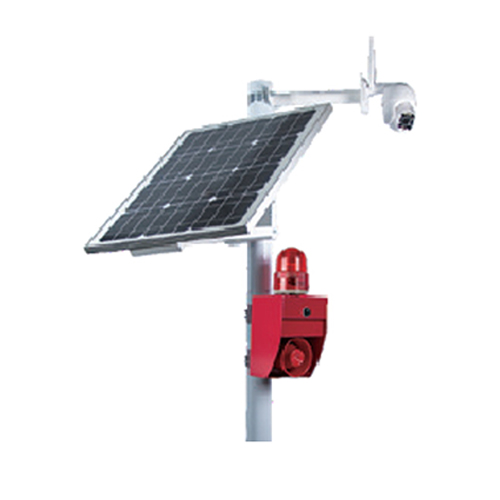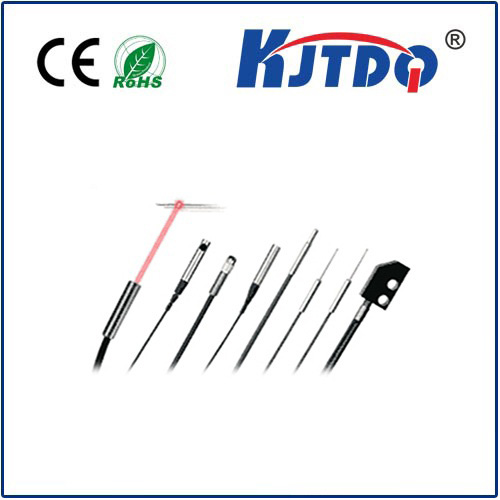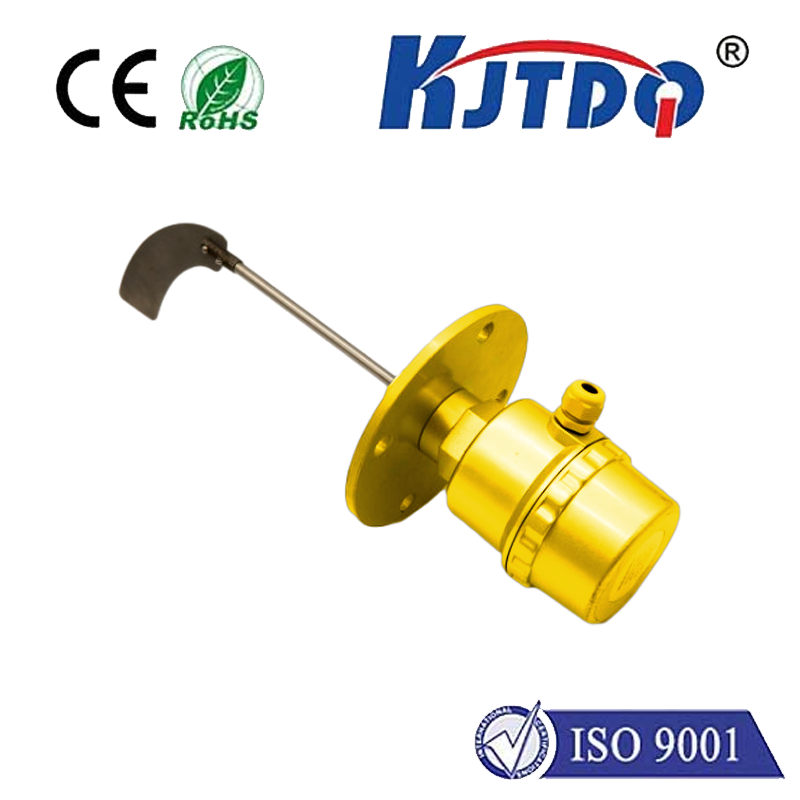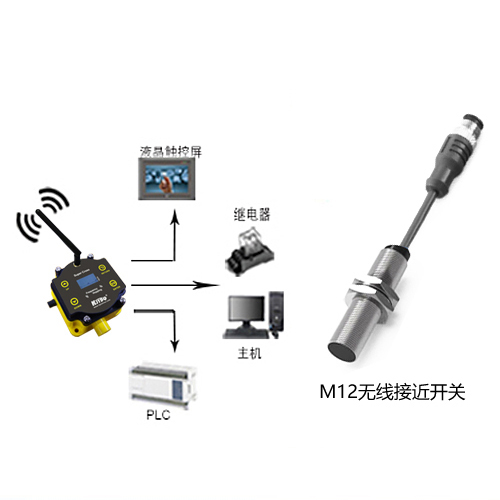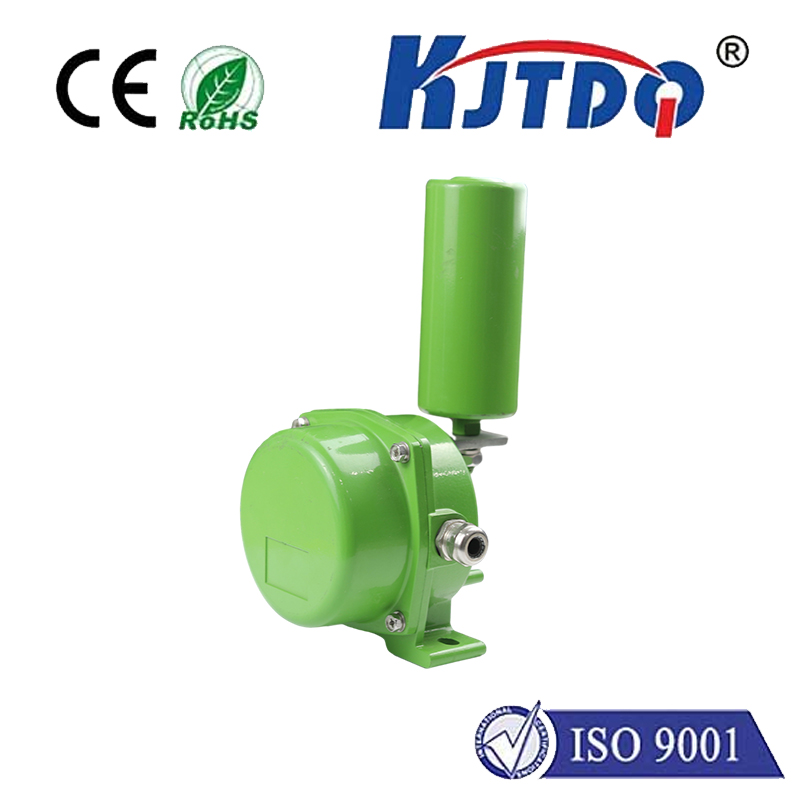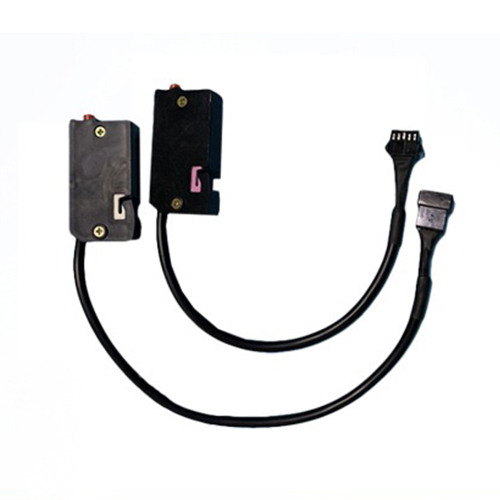m10 proximity sensor
- time:2025-06-19 01:03:37
- Click:0
Unlocking Precision: The Ultimate Guide to M10 Proximity Sensors
Picture this: A robotic arm gracefully maneuvers components on an assembly line, stopping millimeters before collision. A complex machine reliably detects the exact position of a metal part without physical touch. Countless appliances silently sense your presence for touchless control. The invisible hero making this possible, often in harsh environments, is frequently an M10 proximity sensor. This compact powerhouse is fundamental to modern automation, safety, and efficiency across countless industries. Understanding its capabilities is key to unlocking smarter, more reliable systems.
Demystifying the M10 Proximity Sensor
At its core, a proximity sensor detects the presence or absence of a nearby object without physical contact. The “M10” designation specifically refers to the sensor’s thread size and form factor. An M10 proximity sensor features a cylindrical housing with a standard M10 x 1 metric thread, typically 30mm in length (though variations exist), making it incredibly versatile and easy to install into threaded holes common in machinery, enclosures, and mounting brackets. This standardized size ensures broad compatibility and simplifies replacement.
The Technology Behind the Detection
M10 proximity sensors primarily utilize two main sensing technologies, each suited to specific applications:

- Inductive Proximity Sensors: These metal detectors reign supreme for detecting ferrous (iron-based) and often non-ferrous metals (aluminum, brass, copper). They generate an electromagnetic field around their sensing face. When a metal target enters this field, it induces eddy currents, causing a detectable change in the sensor’s oscillation amplitude or frequency. Key advantages include:
- Excellent durability – withstands dirt, dust, oils, and vibrations.
- Non-contact operation – no wear and tear.
- High switching frequencies – ideal for fast-moving targets or high-speed counting.
- Robustness in challenging industrial environments.
- Capacitive Proximity Sensors: These sensors detect the presence of any material that disturbs an electrostatic field – metals, plastics, wood, liquids, powders, and even biological material. They measure changes in capacitance between the sensor’s electrode and the target object acting as a second electrode (ground). Key advantages include:
- Material versatility – detects virtually anything.
- Ability to sense through non-metallic containers (useful for liquid level detection).
- Often used for presence detection of filled bottles, cartons, or granular materials. (Note: Advanced capacitive sensors often incorporate sophisticated shielding techniques, like a Faraday shield, to focus the sensing field forward and reduce sensitivity to surrounding material or mounting conditions).
Why Choose an M10 Threaded Sensor?
The M10 size offers a compelling balance:
- Space Efficiency: Its compact dimensions make it ideal for applications where mounting space is limited, such as inside machinery, on small robotic arms, or within control panels.
- Standardization & Mounting Simplicity: The ubiquitous M10 x 1 thread allows for quick, secure, and flush mounting into countless pre-existing threaded holes found across industrial equipment. No complex brackets are usually needed.
- Robustness: The threaded metal housing provides excellent mechanical strength and resistance to vibration, protecting the sensitive internal electronics.
- Environmental Protection: M10 sensors are readily available with high IP (Ingress Protection) ratings (e.g., IP67, IP68, IP69K), making them suitable for washdown environments (food & beverage), dusty workshops, or outdoor use where exposure to water, dust, and cleaning chemicals is a concern.
- Sensing Range Options: While inherently compact, M10 sensors offer practical sensing distances typically ranging from 1mm to 8mm for inductive types (depending on target material and sensor design) and potentially more for capacitive variants. Selecting the correct nominal sensing range (
Sn) is crucial for reliable operation. Always consult datasheets.
Key Specifications to Consider When Selecting
Choosing the right M10 proximity sensor hinges on several factors:
- Target Material: Metal? Use inductive. Non-metal? Use capacitive.
- Required Sensing Distance: Distance needed to reliably detect the target? Ensure it matches the sensor’s rated range (
Sn).
- Environmental Conditions: Exposure to liquids, dust, temperature extremes, or chemicals? Check the IP rating, temperature range, and housing material (e.g., Nickel-plated brass, Stainless Steel, PEEK plastic).
- Output Type and Wiring:
- NPN (Sinking): Switches the negative (ground) side of the load.
- PNP (Sourcing): Switches the positive voltage side of the load.
- NO (Normally Open) / NC (Normally Closed): Defines the output state (on/off) when no target is present.
- 3-Wire: Most common (V+, Output, 0V/GND). 2-Wire (AC/DC) and 4-Wire (Dual Output, Analog) variants also exist. Laser marking systems, for instance, often rely on precise PNP/NPN signals from M10 sensors for part presence verification.
- Operating Voltage: Match the sensor’s voltage range (e.g., 10-30V DC) to your system’s power supply.
- Switching Frequency: How fast does the target move? Choose a sensor that can keep up (e.g., 500Hz, 1kHz, 5kHz).
Where M10 Proximity Sensors Make a Difference
Their versatility makes them ubiquitous:
- Factory Automation & Robotics: Position detection on conveyors, end-of-arm tooling confirmation, part counting, machine guarding, robot axis limits. They are the eyes of automated assembly lines.
- Packaging Machinery: Detecting filled containers or cartons, verifying cap presence, controlling filling levels through containers.
- Automotive Manufacturing: Precision part positioning within engines and transmissions, weld gun positioning, robotic painting cell safety.
- Material Handling: Detecting pallet positions, monitoring spindle positions on CNC machines, verifying bin presence.
- Building Automation: Occupancy detection for lighting control (often capacitive), door position sensing.
- Consumer Appliances: Liquid level detection in coffee machines/dispensers, door/drawer position sensing in white goods.
- Food & Beverage Processing: Sanitary applications requiring high IP69K ratings and food-grade materials like stainless steel or specialized plastics.
Installation Best Practices
Maximize performance and lifespan:
- Mount Securely: Ensure the sensor is firmly threaded and locked in place to withstand vibration.
- Respect Sensing Field: Be mindful of the sensor’s sensing field characteristics (diametric vs. axial). Avoid mounting multiple sensors too close together without checking mutual interference specifications.
- Target Alignment: Position the target correctly relative to the sensor face (usually perpendicular) and ensure it passes within the specified operating range.
- Avoid Over-Tightening: Use appropriate torque to avoid damaging the threads or sensor housing.
- Electrical Protection: Consider using surge suppressors in electrically noisy environments and protect wiring from damage.
Conclusion
The M10 proximity sensor is a cornerstone of modern sensing technology. Its compact, threaded M10 form factor, coupled with robust inductive and versatile capacitive sensing technologies and high IP ratings, provides a reliable and efficient solution for countless detection tasks. From the high-speed demands of factory floors to the precision needs of intricate machinery, understanding the principles and selection criteria for these sensors empowers engineers and technicians to design more intelligent, safer, and more efficient systems. Whether detecting a passing gear tooth on a production line or ensuring a coffee machine has sufficient water, the M10 proximity sensor delivers critical feedback silently and reliably.







